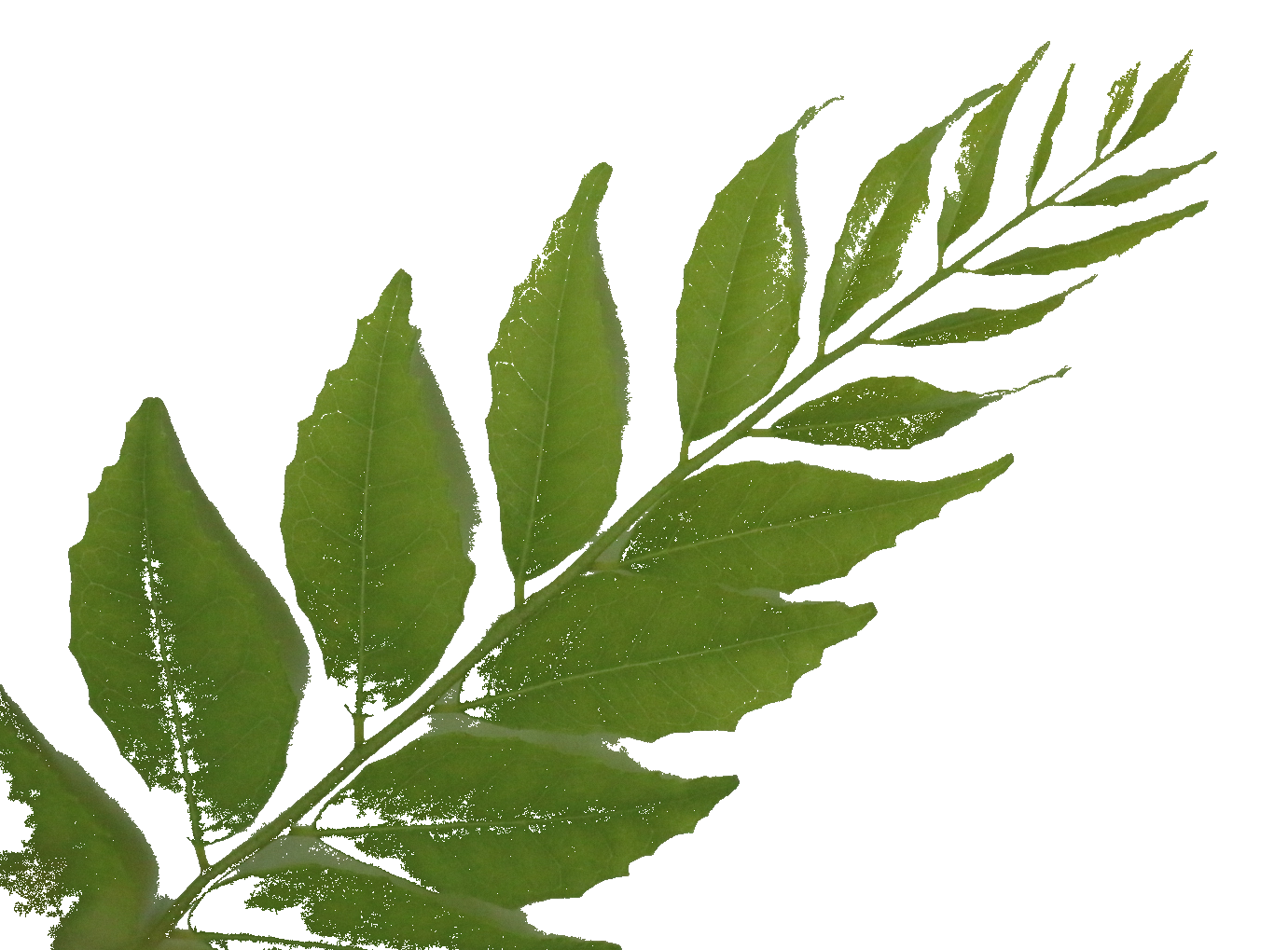 What and when should we give curry leaf fertilizer?
What and when should we give curry leaf fertilizer?
It is one of the very many questions. Seedlings don’t grow, seedlings don’t look good, what kind of fertilizer should I give?・ ・ ・ ・
Although agronomics and botanical knowledge is not deep, I will talk based on the views and experiences that have interpreted the information.
 Curry leaf does not require rich fertilizer
Curry leaf does not require rich fertilizer
About fertilizer fertilization (fertilization), we receive various experiences and opinions every person who grows. From the experience of the manager, I think that it is usually better to use less fertilizer including when the condition of the plant is not very good.
Curry leaves have less roots and they are short compared to other popular plants, so it is important to grow them so as not to damage the root. In addition to the three major elements of nitrogen, phosphoric acid and potassium, the fertilizer also contains trace amounts of minerals. If such minerals hit the root in a large amount, the cells of the roots will be broken at high osmotic pressure. It is easy to understand if you think that it is the same principle as dehydration by pickle salt.
As for the frequency, once in spring, summer, autumn, when the maximum temperature is over 20 degrees C (68F), should be enough.
Although it is not well recognized, the largest energy sources for plants are carbon dioxide in the air and light. Did you learn photosynthesis at school, right?
 Organic fertilizer or chemical fertilizer is all right
Organic fertilizer or chemical fertilizer is all right
Curry leaves, in particular, do not have a large amount of roots for one year after germination, so it is sufficient to apply a small amount of organic fertilizer away from the roots. Those who use good and slow release fertilizer for home-grown vegetables should use it for curry leaves.
There is no problem with solid or liquid chemical fertilizers. The important thing is that just a little fertilizer is sufficient, so don’t give too much fertilizer just because you’re worried.
Careful observation should be taken as over-fertilizing produces excess amino acids that aphids prefer, so the potential for aphids to come is increased.
